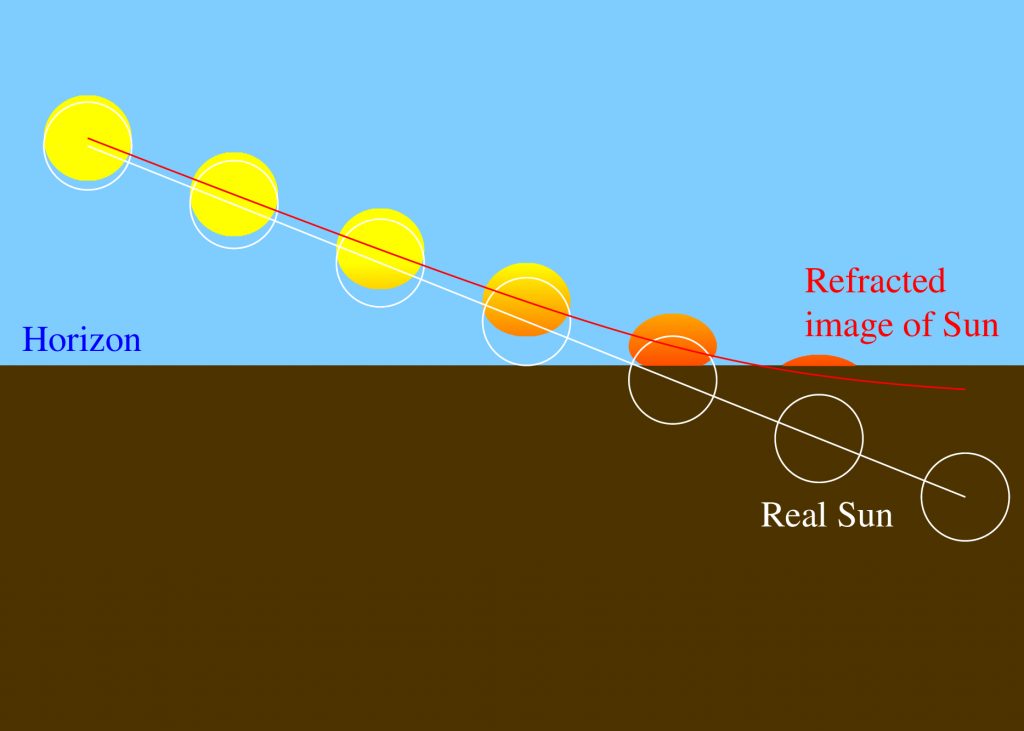Daylight saving time
On Sunday, March 31, 2024, we switch from winter time to summer time.
At 2:00 in the morning we add one hour to the clock (3:00).
Ephemeris per year
Mentions the days and hours of several astronomical events on the site for a given year, concerning the Sun, the Moon, the calendar, the eclipses… More information…
The eclipses
All information on solar and lunar eclipses, (partially) visible or not in Belgium for a given year. More information…
The Sun
All the information on sunrise and sunset, beginning of the astronomical seasons, lengthening and shortening of the day duration… for a given year. More information…
The Moon
All the information on moonrise and sunset as well as the lunar phases for a given year. More information…
Who we are
As an intermediate between the Observatory and the public, the Communication and Information Service aims to communicate and promote the Observatory’s research activities and heritage, and also to provide and relay scientific information to the public.
The activities of the Communication and Information Service consist of several parts:
- Information to the public about astronomy and astronomy-related matters
- Answers to questions and inquiries from the public, the press and the authorities
- Help in all kind of outreach (exhibitions, events as the Open Doors) and public relations activities (press communications, press conferences etc.)
- Collaboration with the Planetarium, notably for the permanent exhibitions at the Heysel site
- Publication and edition of the annual report and of the Yearbook of the Royal Observatory of Belgium
- Preparation of texts for printing or of news for the web site
- Management of the archives, the museum and the library
Frequently asked questions
- The Sun is not perceived from the Earth as a point but as a luminous disc. Sunrise (sunset) is defined as the time when the upper edge of the solar disc, not the centre of the Sun, appears (disappears) on the horizon. Therefore, since the upper edge of the Sun appears before its centre, and disappears after its centre, we gain a few minutes of sunlight during the equinox.
- Sunlight is deflected by the atmosphere. This is due to atmospheric refraction, a phenomena that “flattens” the Sun near the horizon. As a result, the upper edge of the Sun may be visible when it is actually below the horizon.

- spring begins on March 20 at 22:58 (universal time);
- the first full moon that follows takes place on March 21 at 2:43 (universal time).
- spring begins on March 21;
- the first full moon after March 21, 2019 (according to Meton calculations) takes place on April 20, 2019.
